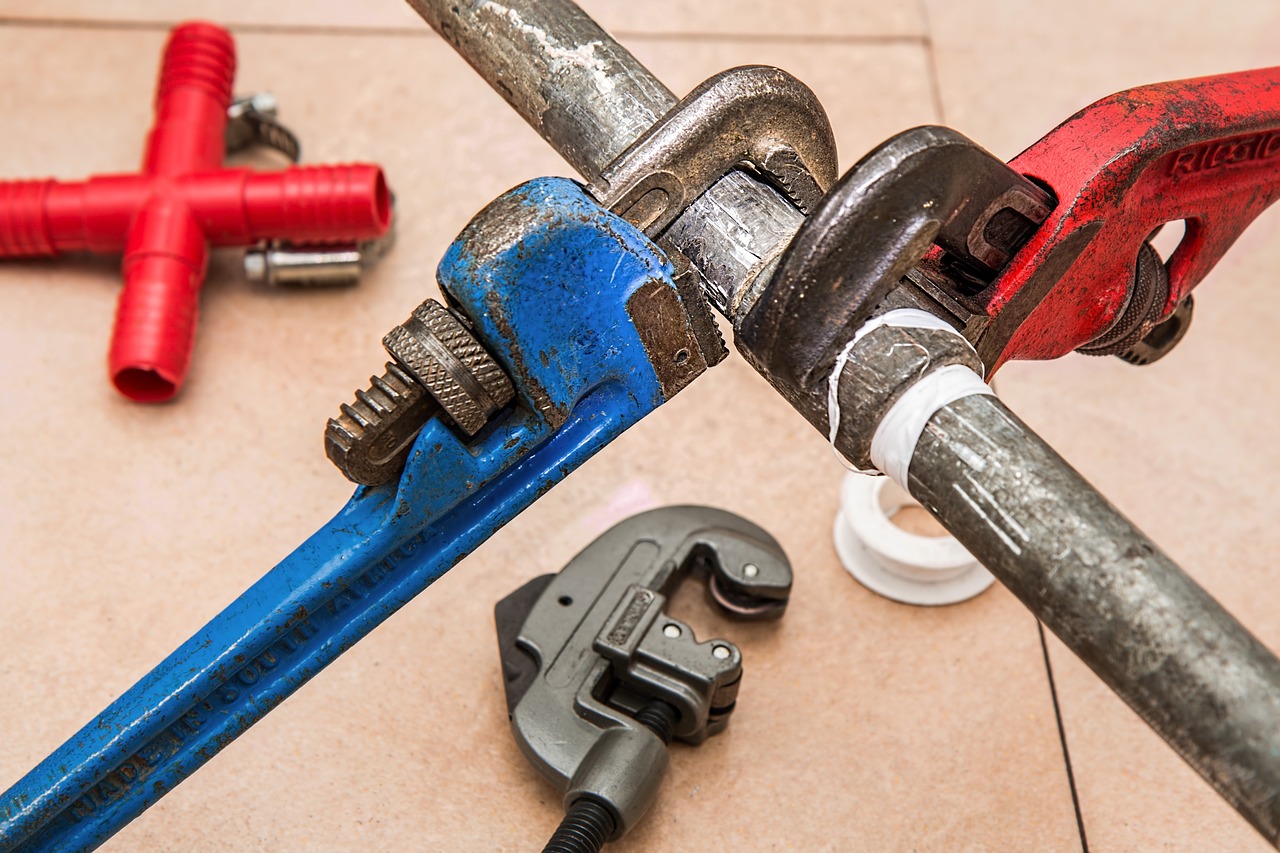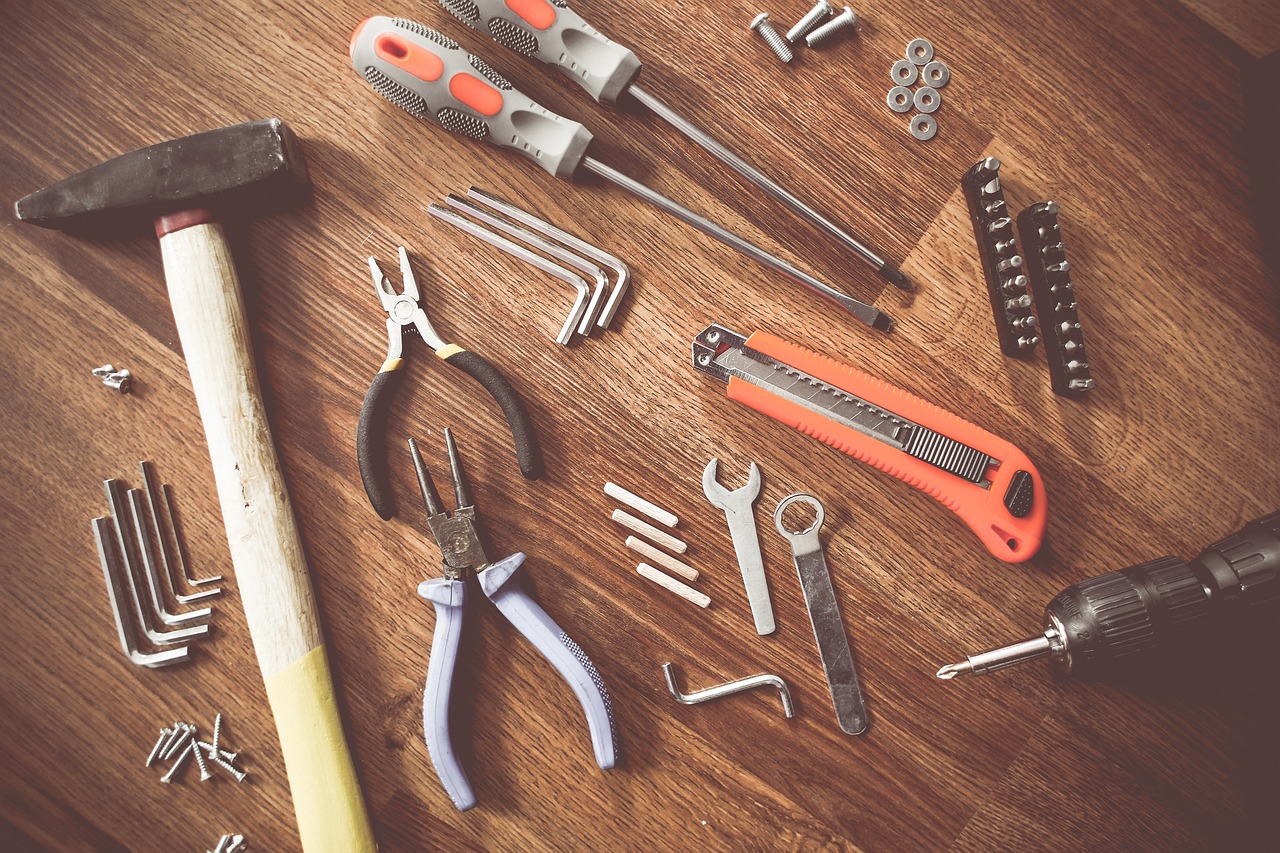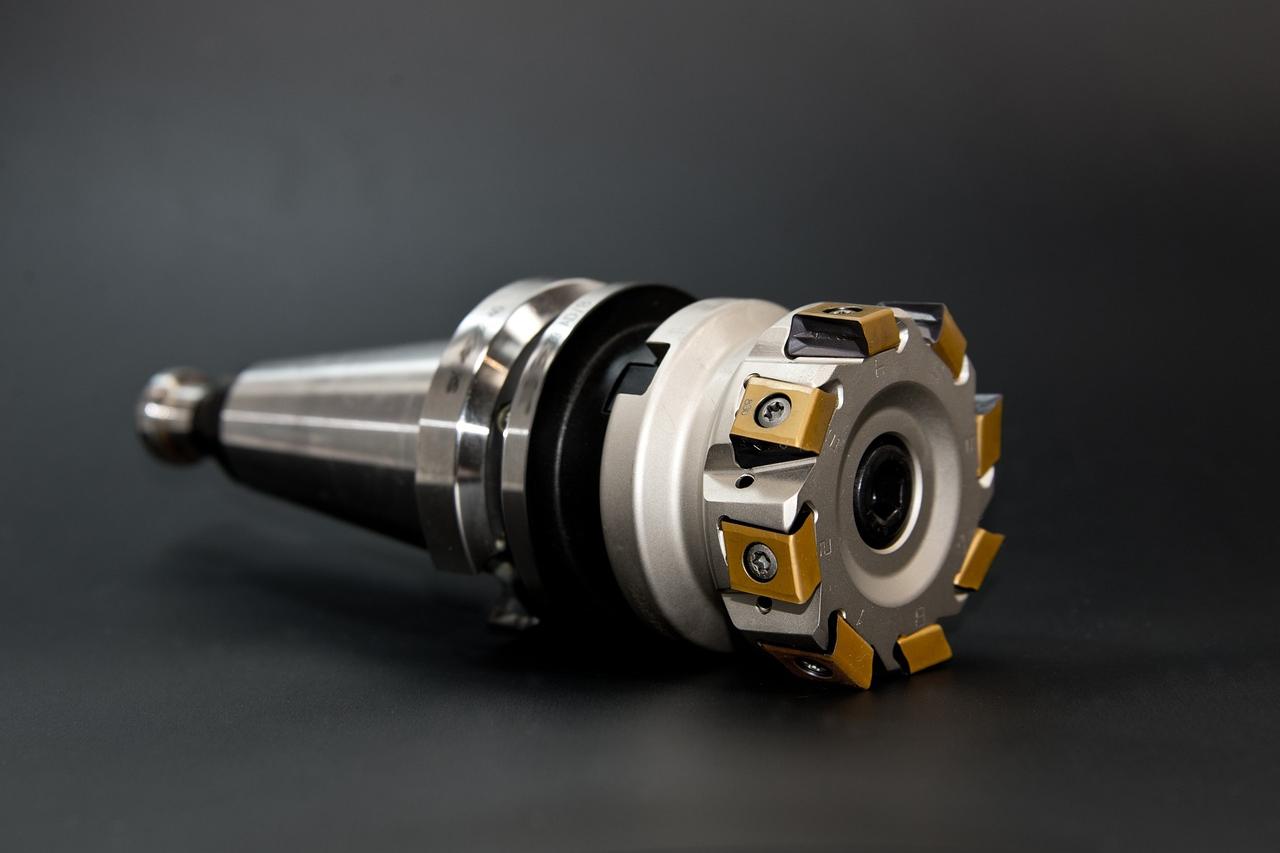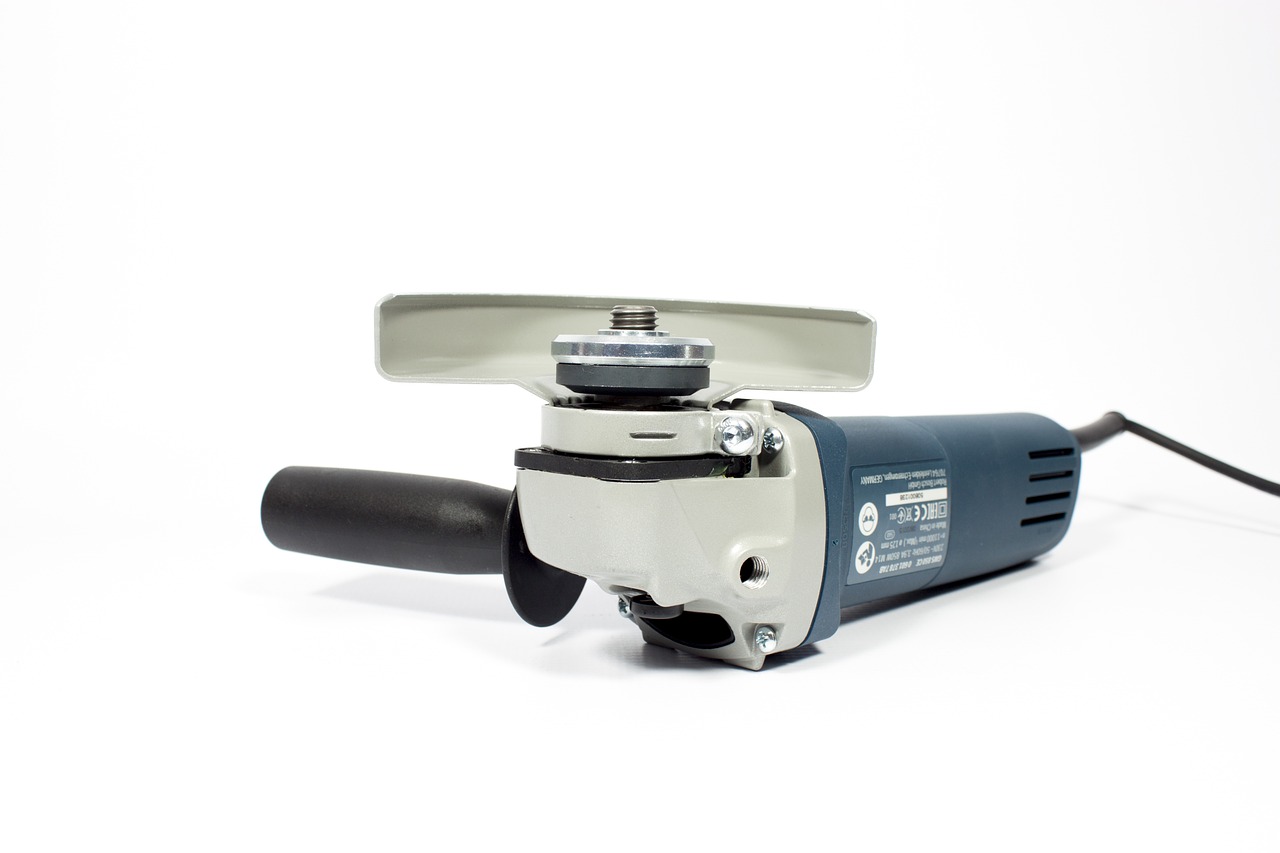- Shanghai Zhongshen International Trade Co., Ltd. - Two decades of trade agency expertise.
- Service Hotline: 139 1787 2118
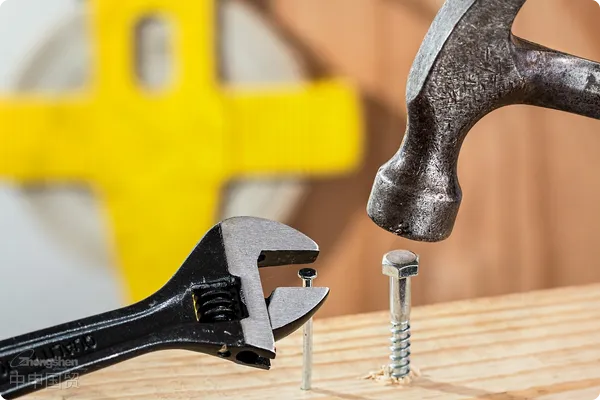
——foreign tradeHow can enterprises break through compliance challenges and achieve efficient customs clearance?
The US, as one of the largest importers in the world, its market potential attracts a large number of Chinese export enterprises. However, the complex customs clearance rules and trade barriers of the US Customs often lead to cargo detention, fines, and even return shipments, causing significant losses to exporters. As a foreign trade import service company, we deeply analyze the core barriers to customs clearance at the port of destination faced by hardware tools and provide a systematic response plan to help enterprises avoid risks and improve customs clearance efficiency.Hardware & ToolsI. Five Types of Trade Barriers for US Port - of - Destination Customs ClearanceExport RepresentationTariff and Surtax Barriersfor containers exported to the USTechnical Barriers to Trade (TBT)Anti - dumping and Counter - vailing Duties (AD/CVD)Environmental Protection and Safety Regulation Barriers
Document and Declaration Compliance Barriers
1.Power - charged products such as power tools and welding equipment need to pass the UL safety certification.
- Tools with wireless or electromagnetic functions need to meet electromagnetic compatibility standards.: Manual tools need to meet the lead content limit of the Consumer Product Safety Improvement Act (CPSIA).
- HTS code classification dispute: Products need to be labeled with the English country of origin (Made in China), safety warnings, and material descriptions, and the packaging materials need to meet the ISPM15 fumigation standard.
2.Anti - dumping and Counter - vailing Duties (AD/CVD)
- Compulsory Product Certification:
- UL certification: The US imposes high anti - dumping duties on some Chinese - made hardware tools (such as a tax rate of 118% for certain types of nails). The ruling announcements of the US Department of Commerce (DOC) need to be checked in advance.
- FCC certification: Environmental Protection and Safety Regulation Barriers
- CPSC compliance: Manual tools need to meet the lead content limits of the Consumer Product Safety Improvement Act (CPSIA).
- Labeling and Packaging Specifications: Products need to be labeled with the English country of origin (Made in China), safety warnings, material descriptions, and the packaging materials need to meet the ISPM15 fumigation standard.
3.Anti-dumping and Countervailing Duties (AD/CVD)
- The United States imposes high anti-dumping duties on some Chinese - made hardware tools (for example, the tax rate for certain types of nails is 118%). It is necessary to check the ruling announcements of the US Department of Commerce (DOC) in advance.
4.Barriers of Environmental Protection and Safety Regulations
- California Proposition 65: Requirements: Mark the potentially harmful chemicals (such as cadmium, phthalates) in the products;
- EPA compliance: Tools containing refrigerants or fuel power must comply with the EPA emission standards.
5.Barriers to Document and Declaration Compliance
- ISF declaration: Exporters are required to submit the 10+2 Import Security Filing 24 hours before shipment. Omissions or errors will incur a fine of $5,000;
- It is recommended to verify through the following methods:Certificate: Tools not produced by the original factory need to provide supply chain traceability documents to avoid the risk of false declaration of origin.
Step 5: Establish a compliance management system
Step 6: Respond to customs inspections and disputes
- Log in to the official websites of the US Customs and Border Protection (CBP) and the US International Trade Commission (USITC) to query HTS code tax rates and product restrictions;
- Subscribe to trade policy updates (such as the Federal Register) and pay attention to the updates of the China-US tariff exemption list.
III. Practical Suggestions: How to Efficiently Break through Customs Clearance Barriers?
- Cooperate with certification agencies such as UL and TüV to develop certification plans for product functions (for example: only a UL test report or full - process certification is required);
- Retain test records and certificates for customs spot checks.
Tariff and Surtax Barriers
- Use CBPs Rulings Search (Classification Ruling Database) to refer to similar product cases;
- Entrust a professional customs affairs team to review the classification logic to avoid subjective misjudgment.
301 Tariffs
- Document List: Commercial Invoice, Packing List, Bill of Lading, BOM (Bill of Materials), and Test Report are all indispensable;
- Label Design: Use common US symbols (such as the ? warning sign), and avoid pure Chinese - language labels.
The US imposes additional tariffs of 7.5% - 25% on hardware tools (such as wrenches, pliers, power tools, etc.) originating from China. The latest exemption list (such as exemption sub - categories under the HTS code) needs to be checked.
- Sign a quality agreement with the supplier to ensure that raw materials meet international standards such as RoHS and REACH;
- Conduct regular internal compliance audits and simulate the customs inspection process.
The classification of tool products is complex (for example, an electric screwdriver may be classified into category 8467 or 8508). Classification errors will lead to tax rate differences and the risk of fines.
- In case of goods detention, immediately provide supplementary documents (such as DHLs CBP Form 28 supplementary notice);
- For unreasonable penalties, you can entrust a lawyer to apply for administrative reconsideration or litigation.
Technical Barriers to Trade (TBT)
1.Leverage Professional Agencies
- import and exportAgency companies can provide end - to - end services, covering HTS classification, certification agency, ISF filing, AEO qualification application, etc., reducing the enterprises trial - and - error costs.
2.Flexibly Adjust the Supply Chain Layout
- For high - tariff products, consider transshipment through a third country (such as Mexico) or distribution from an overseas warehouse, and use the rule of origin accumulation to optimize the tax burden.
3.Digital Risk Control Tools
- Use trade compliance software (such as Integration Point) to automatically monitor regulatory changes and generate compliance reports.
Conclusion
The customs clearance barriers in the US market are both a challenge and an opportunity for enterprises to improve their compliance capabilities. Through full pre - research, professional cooperation in the middle stage, and rapid response in the later stage, hardware tool exporters can significantly reduce the risks at the port of destination. As a foreign trade import and export agency service provider, we are committed to providing customized solutions for enterprises and helping Chinese manufacturing integrate efficiently into the global supply chain.
(This article isZhongShen International Tradeoriginated by the import and export agency company. Reprinting requires authorization. If you need to consult a specific product customs clearance plan, please contact our trade compliance expert team.)
Authors Introduction: ZhongShen International Trade Import and Export Agency has been focusing on foreign trade services for 15 years, providing one - stop solutions such as US customs clearance, certification agency, and tax planning for more than 2,000 enterprises. The customs clearance pass rate is 99.2%.
Related Recommendations
? 2025. All Rights Reserved. Shanghai ICP No. 2023007705-2  PSB Record: Shanghai No.31011502009912
PSB Record: Shanghai No.31011502009912
